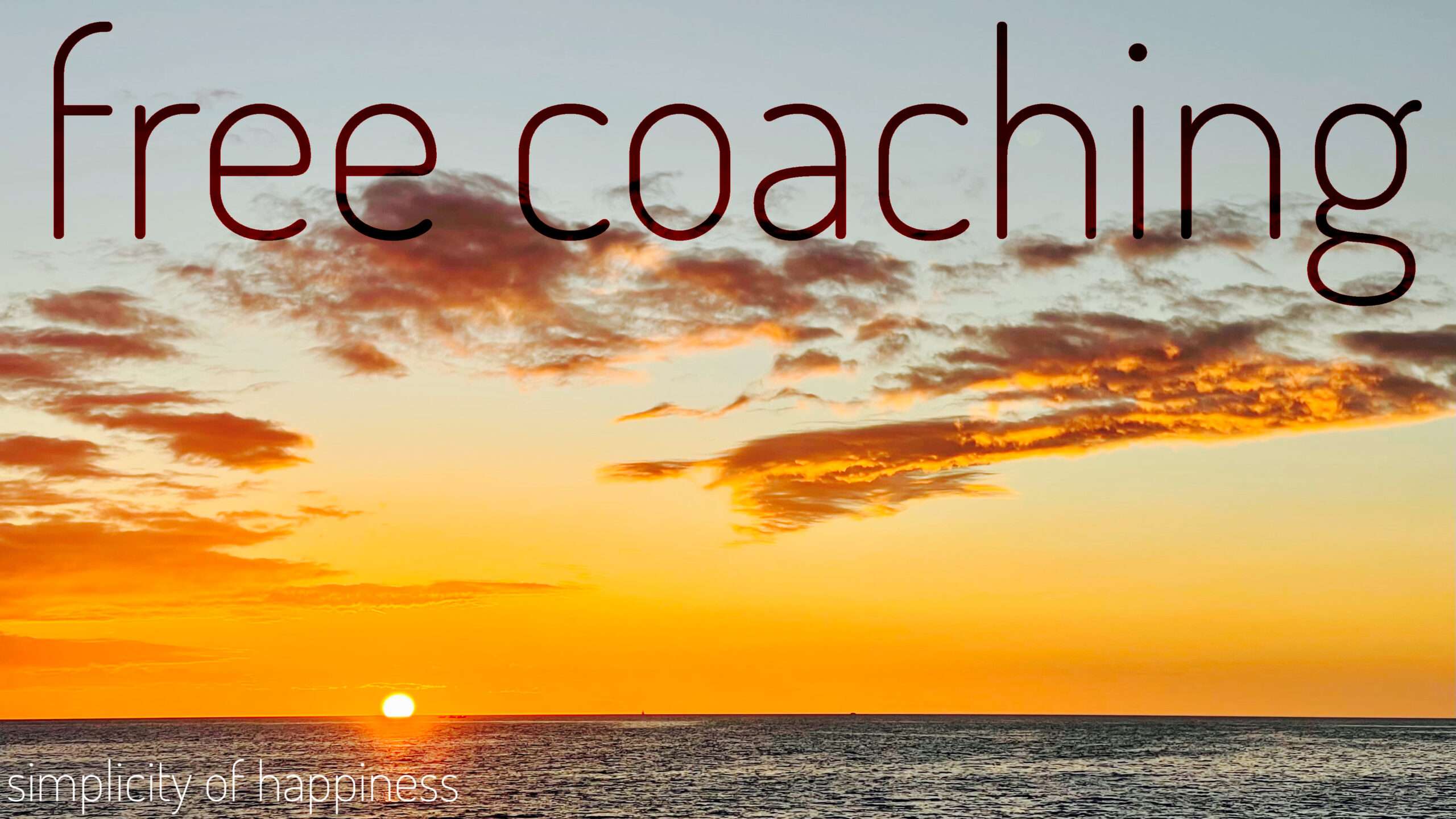Ever tried to dance tango on your own? Difficult, right?
Not only is it difficult alone, but also when you don’t harmonize with your partner and/or one is trying to lead by pressure.
It is a silent cooperation that is based on a set of agreements. You set some boundaries for your joined experience and then you dance in harmony. It makes sense to decide beforehand if the dance will be polka or tango.
all your senses
Dancing is not only about moving your body, it’s not only about listening to beautiful music, it is so much more. When you dance with a partner, you listen to music, you watch your partner, you move your own body, you feel your partner move. You are living with all you senses and you are using all of them of them at the same time. Simultaneously you are consuming and creating. That is so challenging that you will have to leave your ‘what happens if’ mind. You have to be, act and perform here and now, while communicating with another human non-verbally . That takes you out of your problem state and bring you into a ‘live in the moment’ state.
Since you can’t constantly talk to your partner while dancing, you have to understand each on an non-verbal level. What is happening next and what the other one is up to. That happens only if you don’t reinterpret the message but just take it as it is. In coaching you call that rapport. Your unconscious mind is synchronized with your partners and your messages are congruent.
Communication at its best. Another way to experience this kind of communication is:
sitting on a horse for a week
Almost everybody is able to sit on a horse for 10 minutes or even an hour. Making the horse go where you want is something else. Doing the same outside over the corse of a entire week is a different level.
A long time ago I learned that I need to dominated the horse, that I have to lead by pressure. Now I am not sure, if I wasn’t listening right, misunderstood something or was just taught in a strange way. The art of riding is based on a nonverbal communication and understanding. If you reach an agreement with your horse the only thing you need to do is: don’t disturb your horse!
tony the horse whisperer
Our guide in Provence is Tony and he is only called the horse whisperer by our returning participants. He knows his horses so well that it seems as if the horses will follow him anywhere because they have such a deep trust in him. It is fascinating to see how he is judging and interacting with the group on the same principles. He sets the boundaries and within it is more of a game or lets say a dance.
This year we went to Provence in the hottest week on records and we tried to spend a lot of time up in the mountains. As we went on some really rough and steep tracks, we had to walk with our horses every once in a while.
After a week you really know your horses, you get them from the paddock in the morning, prepare and saddle them for the day, ride them, walk with them, prepare them in the evening, feed and water them.
no bullshit
Whatever you do, you can’t bullshit your horse. You can’t talk your horse into something. Either you do or you don’t. Communication direct and entirely based on your behavior. Think straight, talk as you think, act as you talk!
Your horse will know and call you out on that. And so will Tony.
If you like, all of that feedback will be taken into consideration when you decide to go into personal coaching with me.
Like dancing tango, you can’t fool anyone, because you don’t do it alone and your partner is depended on your non verbal communication. Non verbal is controlled by your unconscious mind and that won’t lie.
Ready to play, ready to dance? It takes two to tango, it takes two to ride.
Get your horse and tango!
